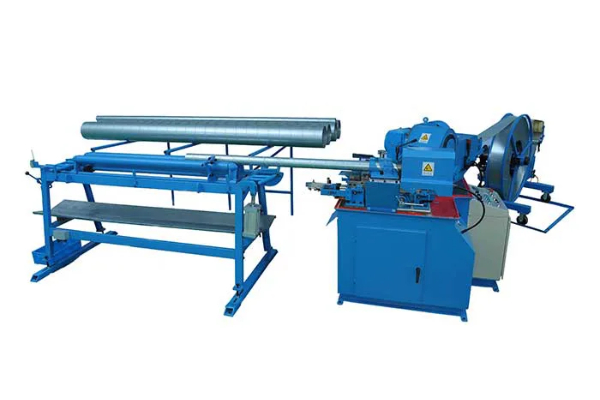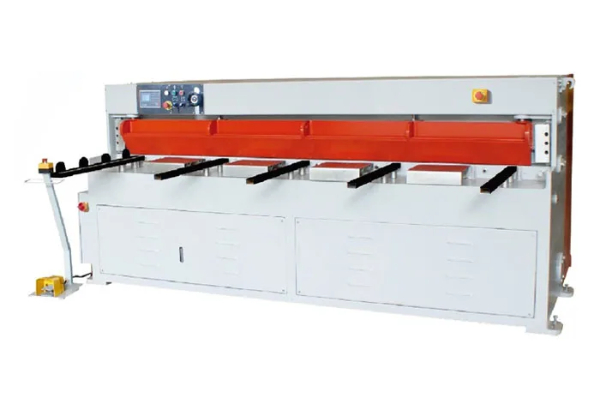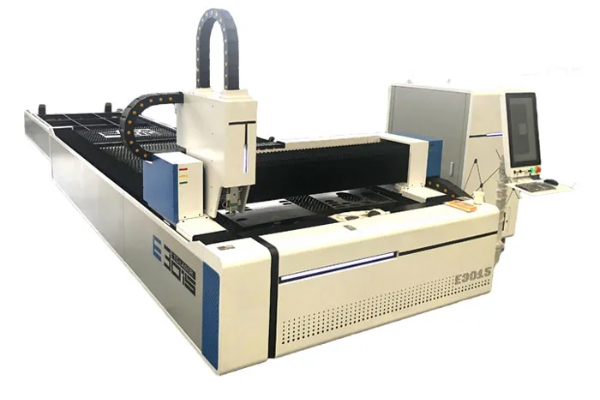
Maximizing Returns- Cost-Effective Production with Bending Machinery
- By:Metmac
- 2024-04-30
- 452
In today’s competitive manufacturing landscape, businesses are constantly seeking ways to optimize production processes and drive cost efficiency. Bending machinery plays a crucial role in various industries, shaping metal into complex forms for a wide range of applications. To maximize returns, manufacturers must carefully consider the cost-effectiveness of their bending equipment.
Factors Impacting Cost-Effectiveness
1. Machine Type and Capabilities:
The type of bending machinery and its capabilities significantly impact cost-effectiveness. Whether selecting a press brake, roll bender, or another solution, manufacturers must assess the specific requirements of their production lines. Factors such as bend angle, material thickness, and production volume influence the choice of machinery. The optimal machine will provide the desired bending performance while minimizing operating costs.
2. Material Selection:
The type of material being bent directly affects the cost of production. Thicker materials require more force and specialized tooling, increasing the cost per bend. Selecting the appropriate material thickness and alloy can reduce overall costs while maintaining product integrity.
3. Tooling and Maintenance:
Tooling costs can represent a significant portion of bending expenses. Using high-quality tooling with long lifespans can minimize replacement costs and reduce downtime. Regular maintenance, including lubrication and component replacement, is essential to prolong the life of the machinery and maintain optimal performance.
4. Labor Efficiency:
The efficiency of the bending process directly impacts labor costs. Automated bending machinery reduces the need for manual handling and increases productivity. Features such as automated tool setup, workpiece positioning, and part removal can streamline production and minimize labor requirements.
Strategies for Cost Optimization
1. Optimizing Bend Sequences:
Properly sequencing bending operations can reduce setup time, material waste, and tool wear. By grouping similar bends together and optimizing the order of operations, manufacturers can maximize efficiency and minimize downtime.
2. Implementing Lean Manufacturing Principles:
Adopting lean manufacturing principles can help eliminate waste and streamline production. Techniques such as reducing inventory, improving flow, and minimizing setup times can significantly reduce overall costs.
3. Utilizing Machine Monitoring and Data Analysis:
Machine monitoring systems provide valuable insights into bending performance. By tracking parameters such as bend angle, force, and cycle time, manufacturers can identify areas for improvement, reduce waste, and optimize machine utilization.
4. Training and Certification:
Investing in operator training and certification ensures that equipment is operated properly and efficiently. Skilled operators minimize downtime, reduce scrap, and extend the life of the machinery, ultimately contributing to cost savings.
Conclusion
Maximizing returns from bending machinery involves carefully considering multiple factors that impact cost-effectiveness. By selecting the optimal machine type, choosing appropriate materials, optimizing tooling and maintenance, and implementing strategies for cost optimization, manufacturers can achieve efficient production processes that drive profitability. Investing in the right equipment and adhering to best practices will empower businesses to remain competitive and achieve their manufacturing objectives.
-
High-Precision Solutions from Leading Sheet Metal Cutting Machine Manufacturers
2025/09/11 -
Reliable Sheet Metal Equipment for Sale to Support Precision Fabrication
2025/07/17 -
Advanced Duct Machine AC and Fabrication Solutions from Metmac
2025/07/12 -
The Advantages of Using a Sheet Roll Forming Machine in Manufacturing
2024/09/14
-
Precision Sheet Metal Cutting and Processing Machines for Modern Manufacturing
2025/09/25 -
Advanced Sheet Metal Processing Machines for Industrial Applications
2025/09/25 -
High-Precision Sheet Metal Cutting Machines for Modern Manufacturing
2025/09/25 -
Efficient Sheet Metal Working Machines for Modern Manufacturing
2025/09/17
-
A Guide to the Latest Innovations in Sheet Metal Folding Machines
2024/11/29 -
Key Features to Consider When Investing in a Sheet Metal Folding Machine
2024/11/28 -
Enhancing Precision with Advanced Sheet Metal Folding Machines
2024/11/27 -
How to Choose the Right Sheet Metal Folding Machine for Your Workshop
2024/11/26





